


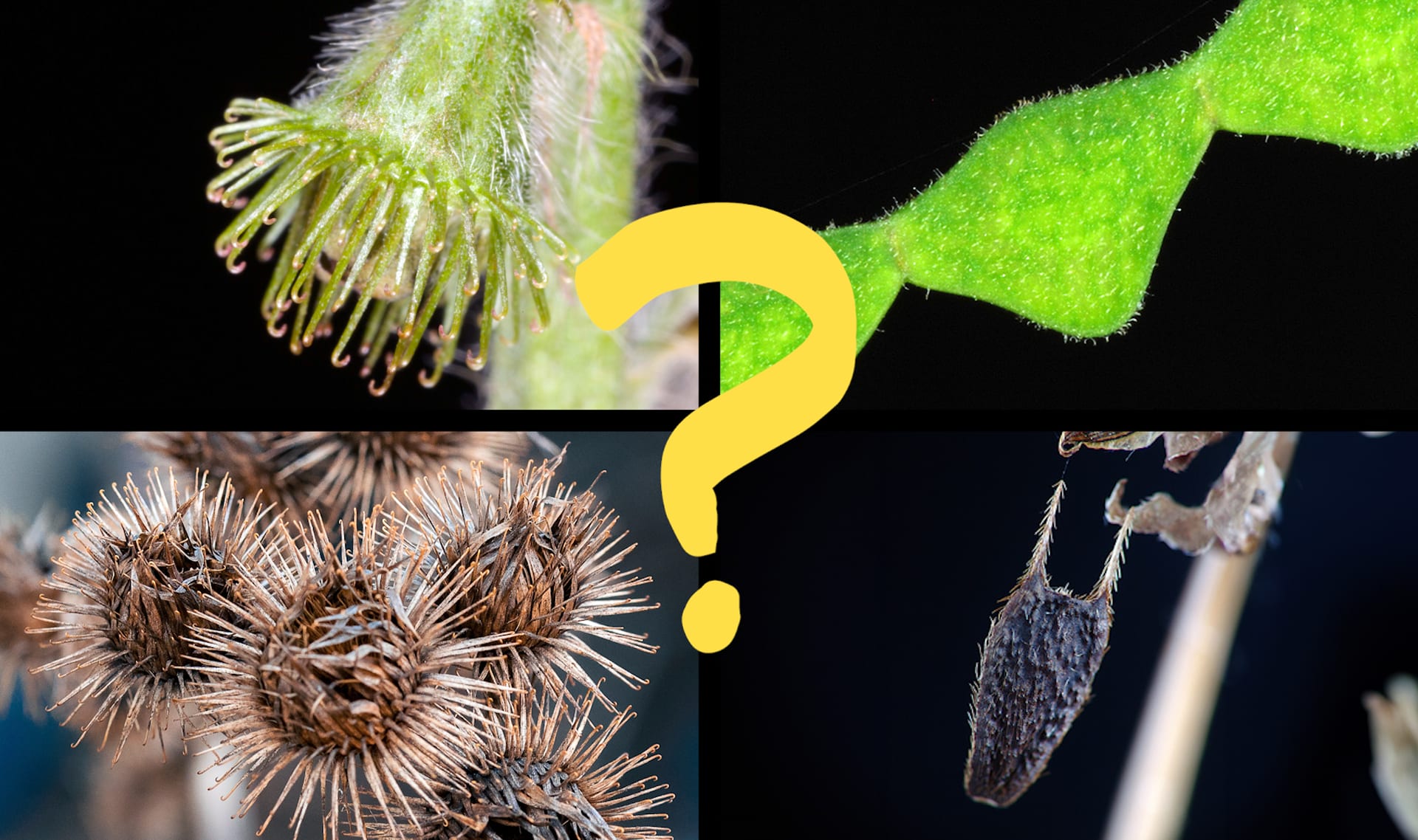




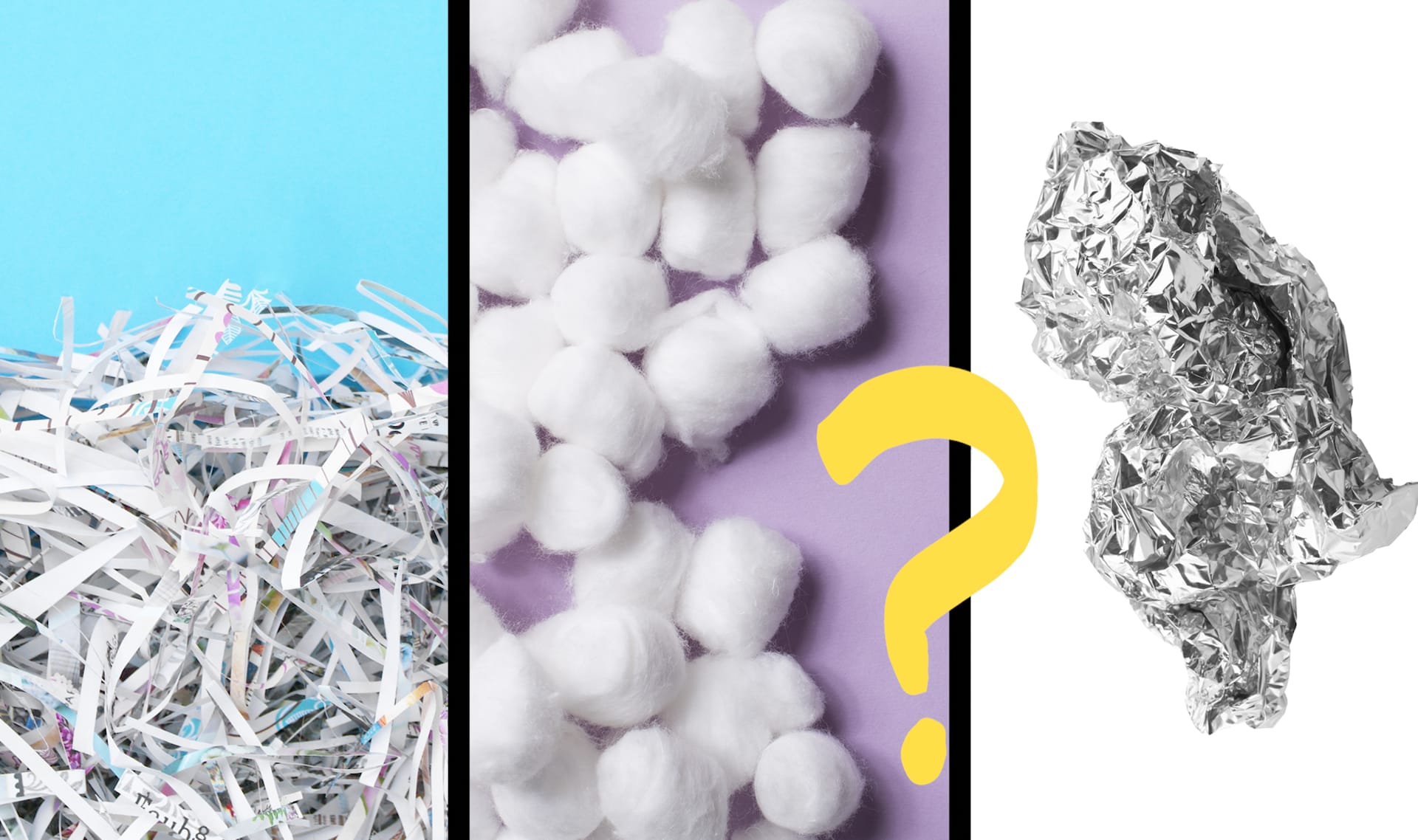

























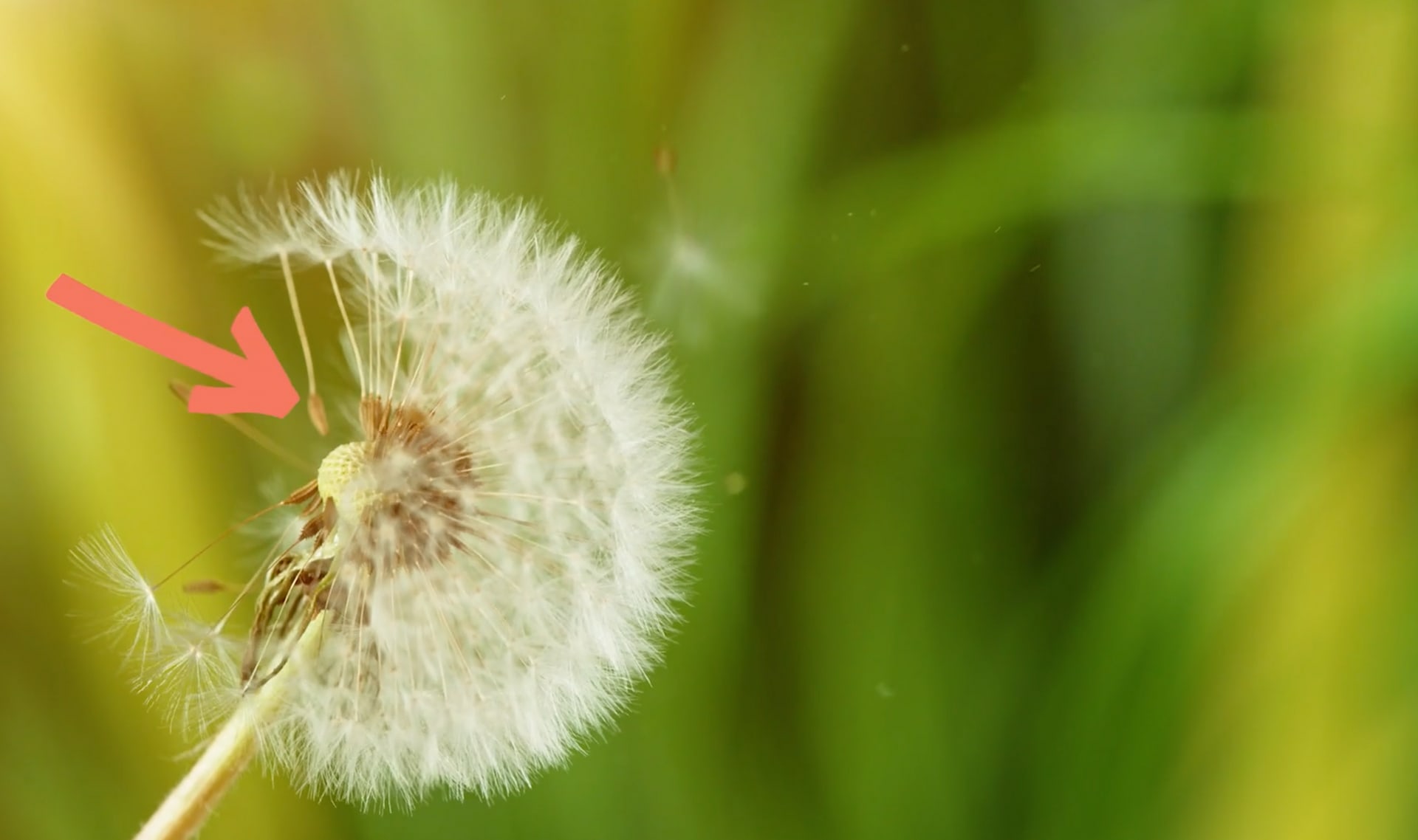

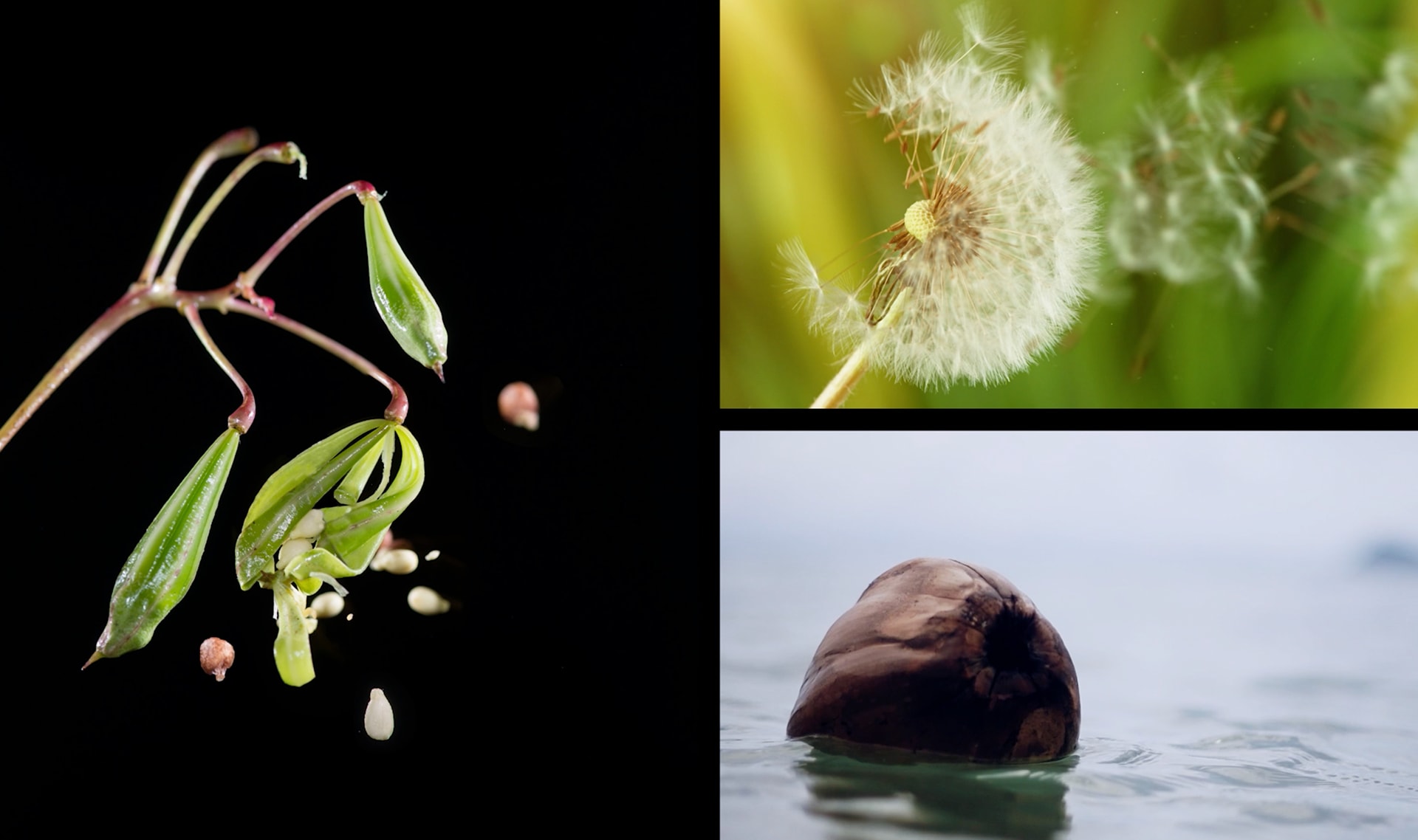



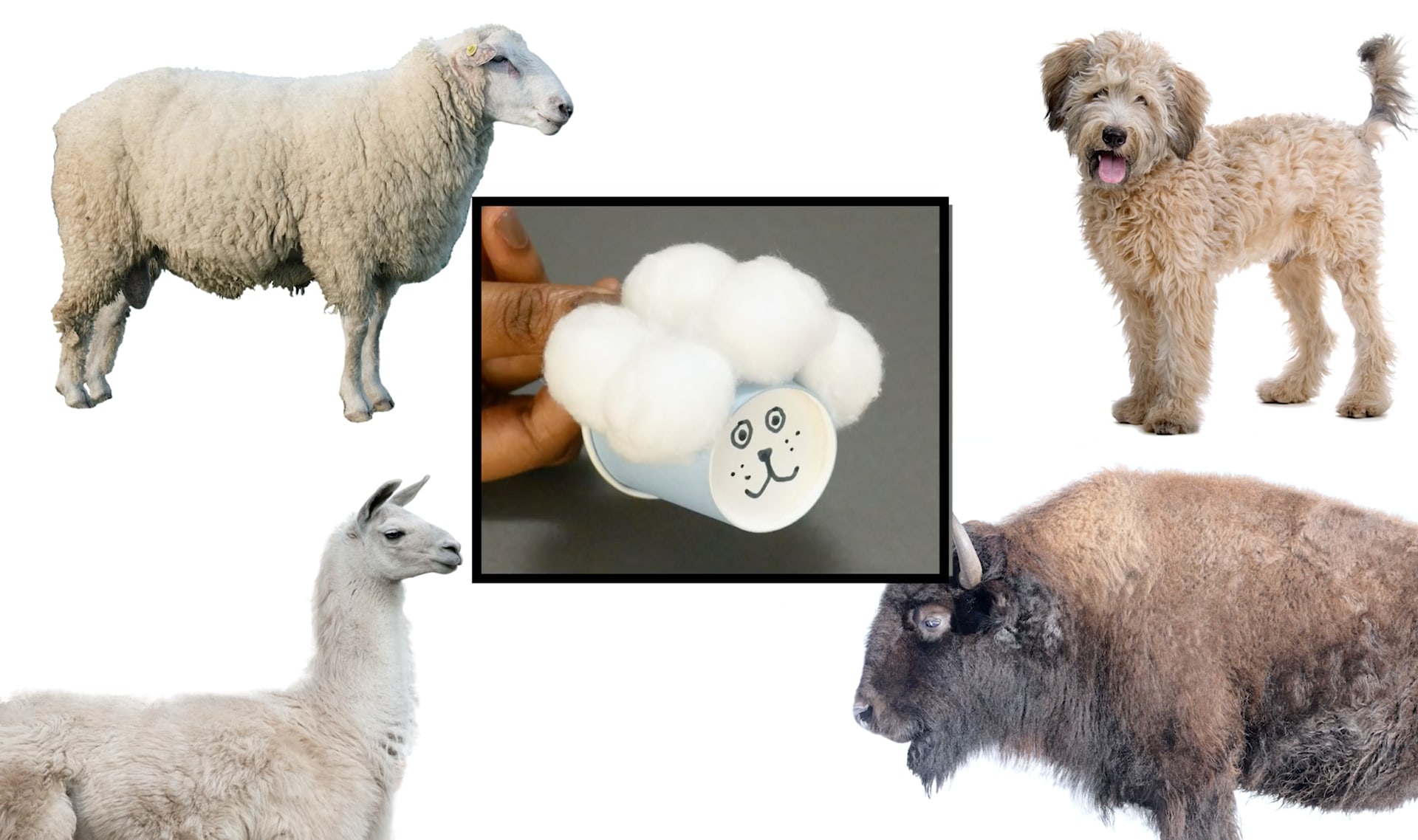
| Fluffadoo Seed Travel worksheet | 30 copies |
|
Markers
|
30 markers |
|
White Glue
Liquid glue is required. Glue sticks will not work.
|
Details
15 glues
|
|
Black Beans (Dried)
Any medium-sized dried bean or a pony bead should work. Used as Seed B.
|
Details
30 beans
|
|
Cotton Balls
|
180 cotton balls |
|
Dixie Cups (3 oz)
|
30 cups |
|
Plastic Plates (10")
Used to catch excess glue. Paper plates or plastic trays also work.
|
Details
30 plates
|
|
Pompoms
Strongly recommend using medium sized pompoms (~2cm). Used as Seed A.
|
Details
30 pompoms
|
We suggest students work in pairs. Homeschool students can work on their own.
Seed A (pompom) is distributed in Step 7 and Seed B (bean) is distributed in Step 14.
Make sure students have space to hop up and down in place when doing fluffadoo + seed model tests.
Seed A should stay on the fluffadoo the longest. Oftentimes, it can stay attached until the maximum of 15 hops. Seed B should fall off of the fluffadoo almost immediately- usually within 1 or 2 hops.
If Seed A is consistently falling off of a student's fluffadoo within a few hops, we suggest checking: (1) the pompom is being placed where multiple cotton balls touch (rather than on top of a single cotton ball) and (2) the student is “hopping gently” and not shaking their fluffadoo too hard while hopping.
Instead of hopping in place, students can test their fluffadoo + seed by raising and lowering their arms while seated (mimicking the motion of a hopping fluffadoo).
Thanks for your feedback! If you have a question or need help, please contact us. Please consider sharing your review:
Sorry the lesson didn’t go well. We read every single review in an effort to improve our Mysteries.
Thanks for letting us know. We’ll wait to ask you for feedback until after you've actually taught it.
Thanks for the feedback! We read every single review in an effort to improve our Mysteries.
Please follow these steps:
Locked
6:10

Why is the sky blue?
Locked
4:41

Why do we call them doughnuts?
Locked
5:16

Could a turtle live outside its shell?
Your membership is expired. The archive of past Mini Lessons is not included in your limited access.
View pricing